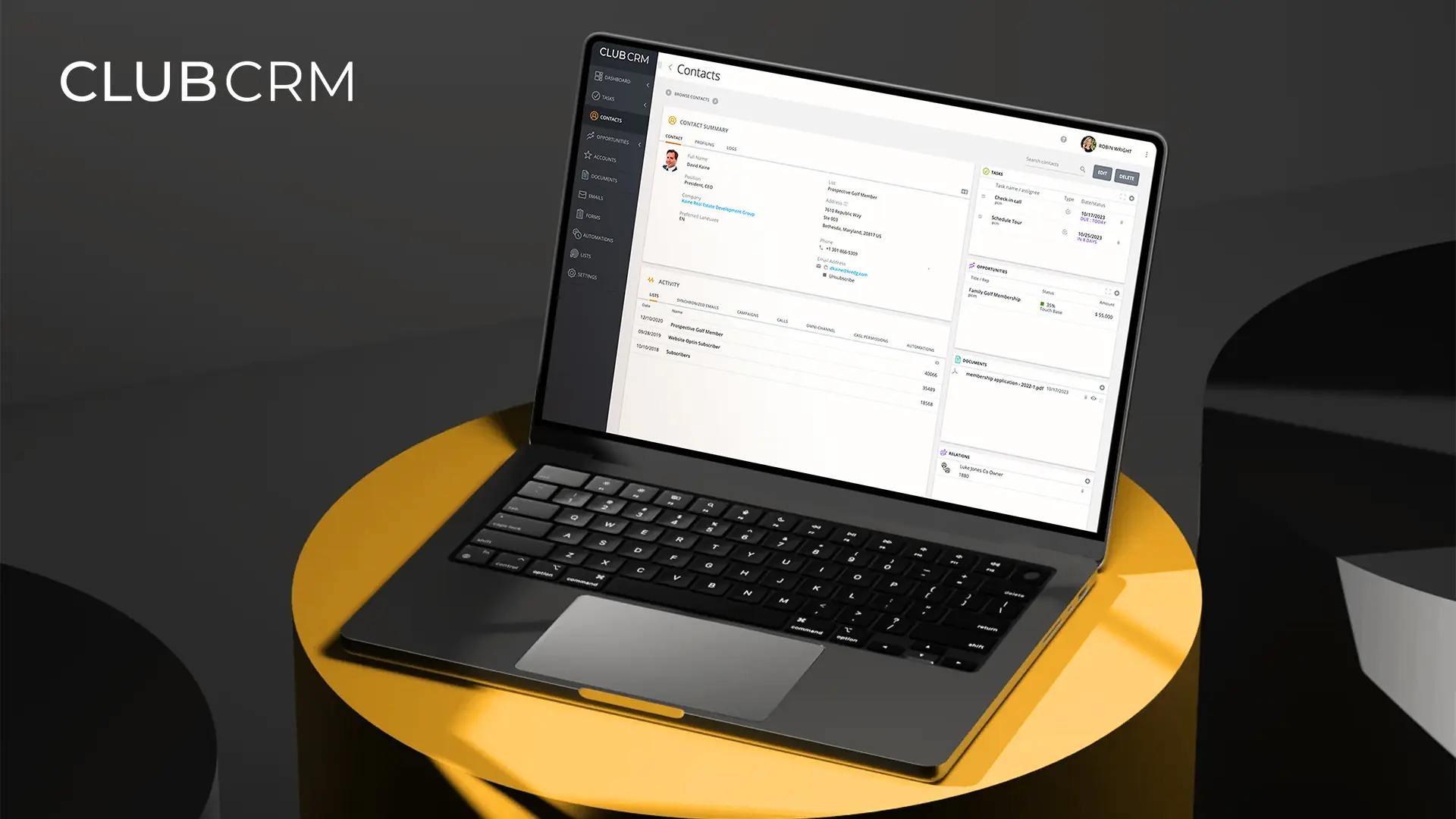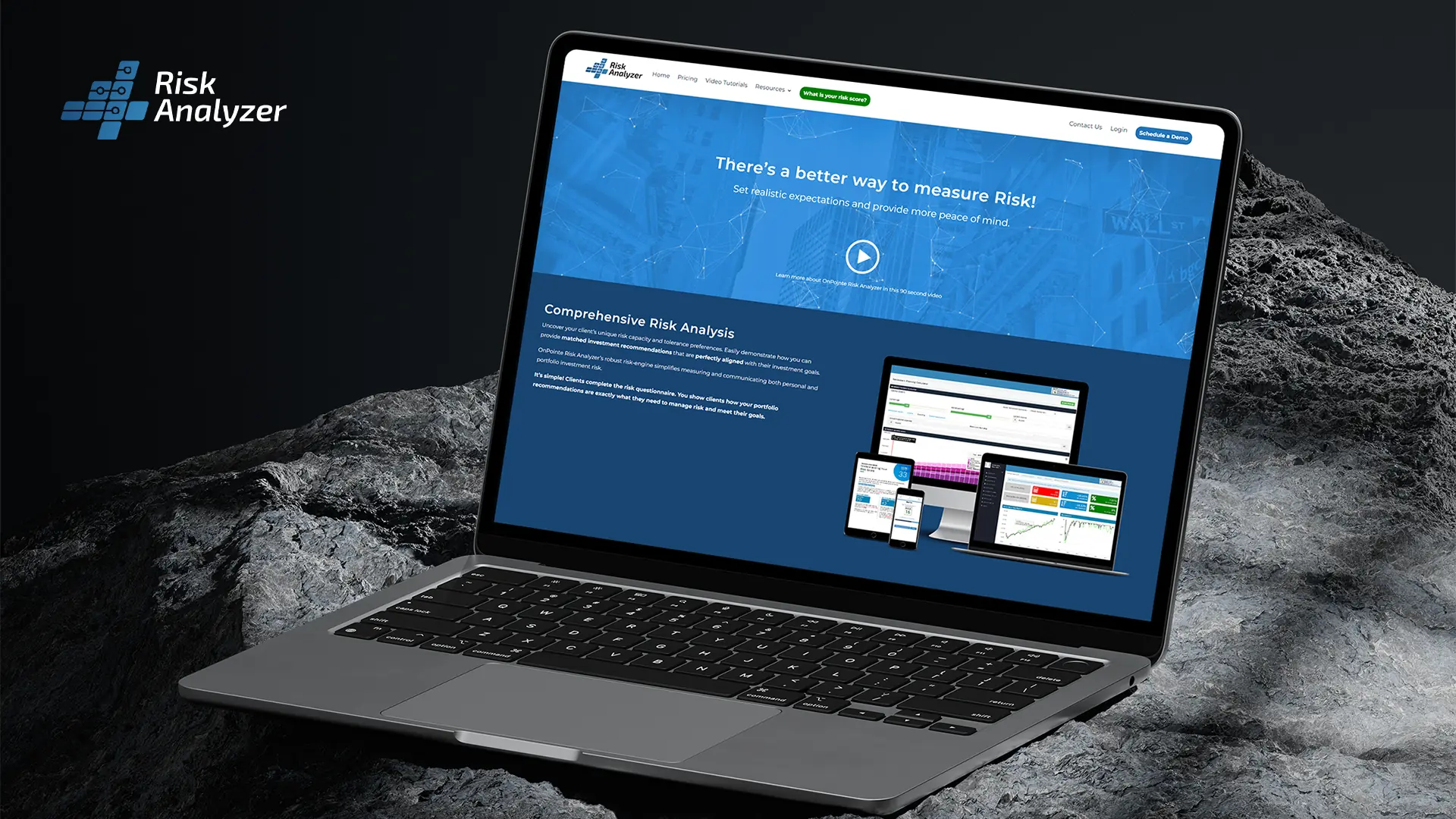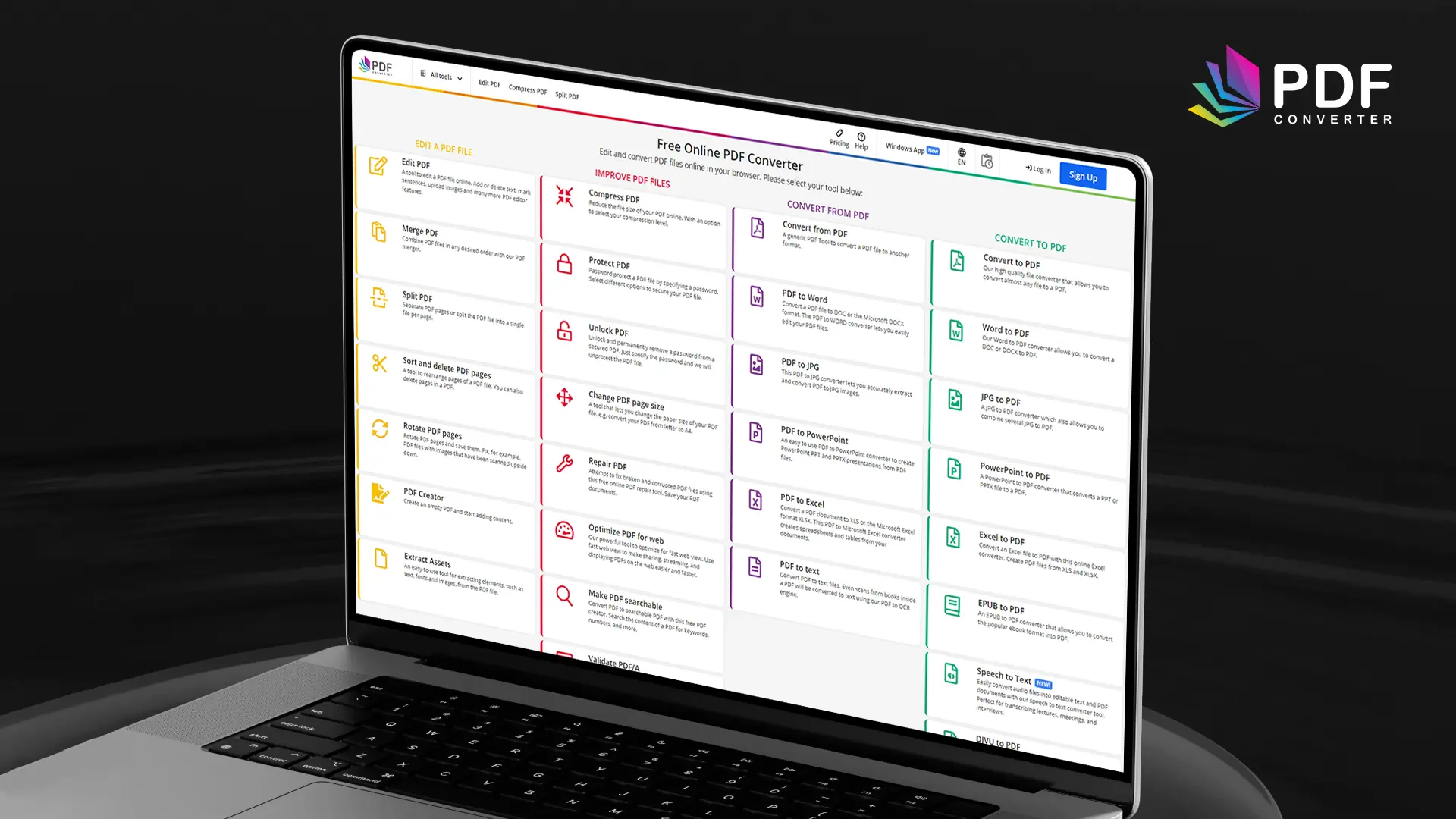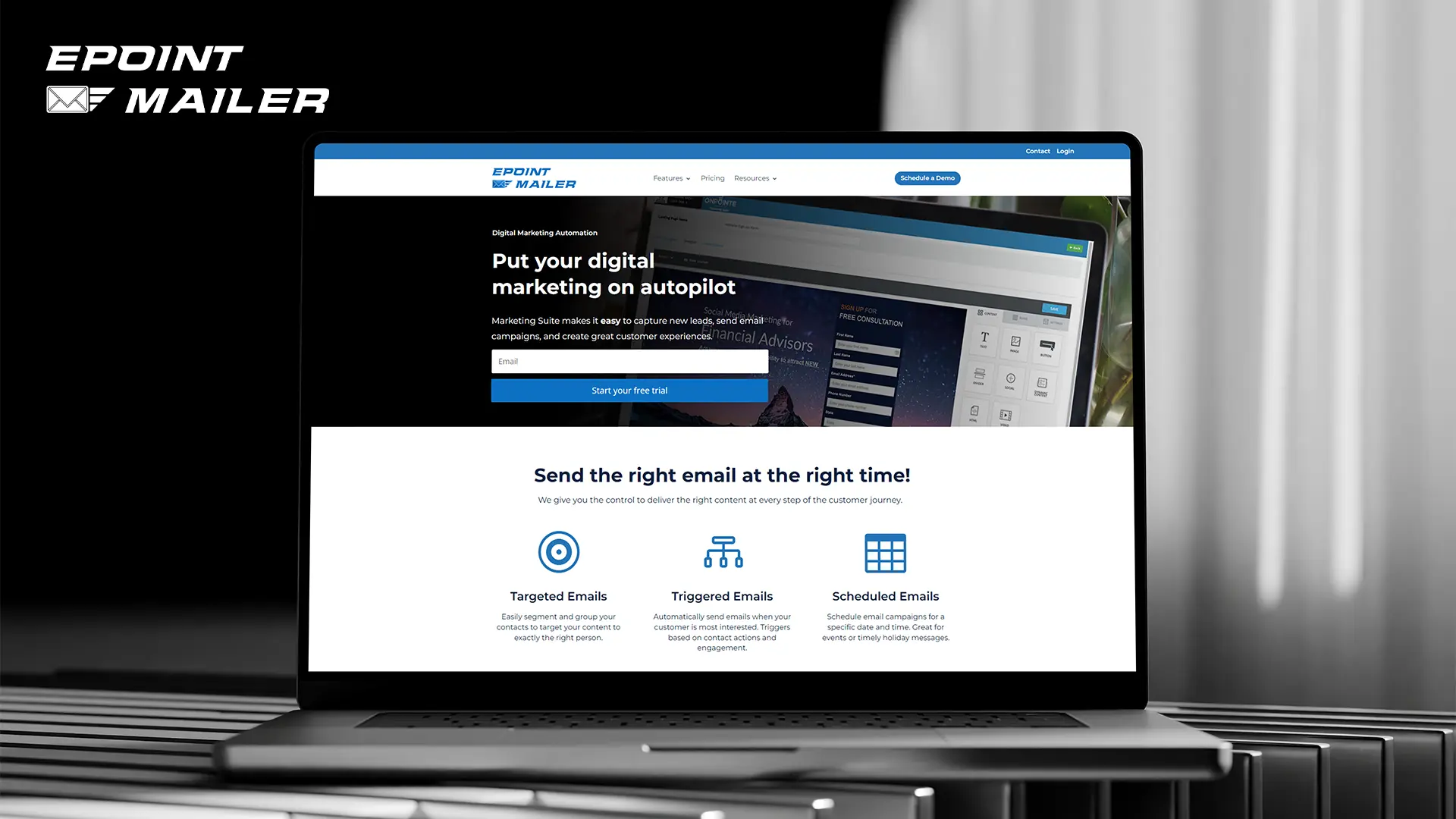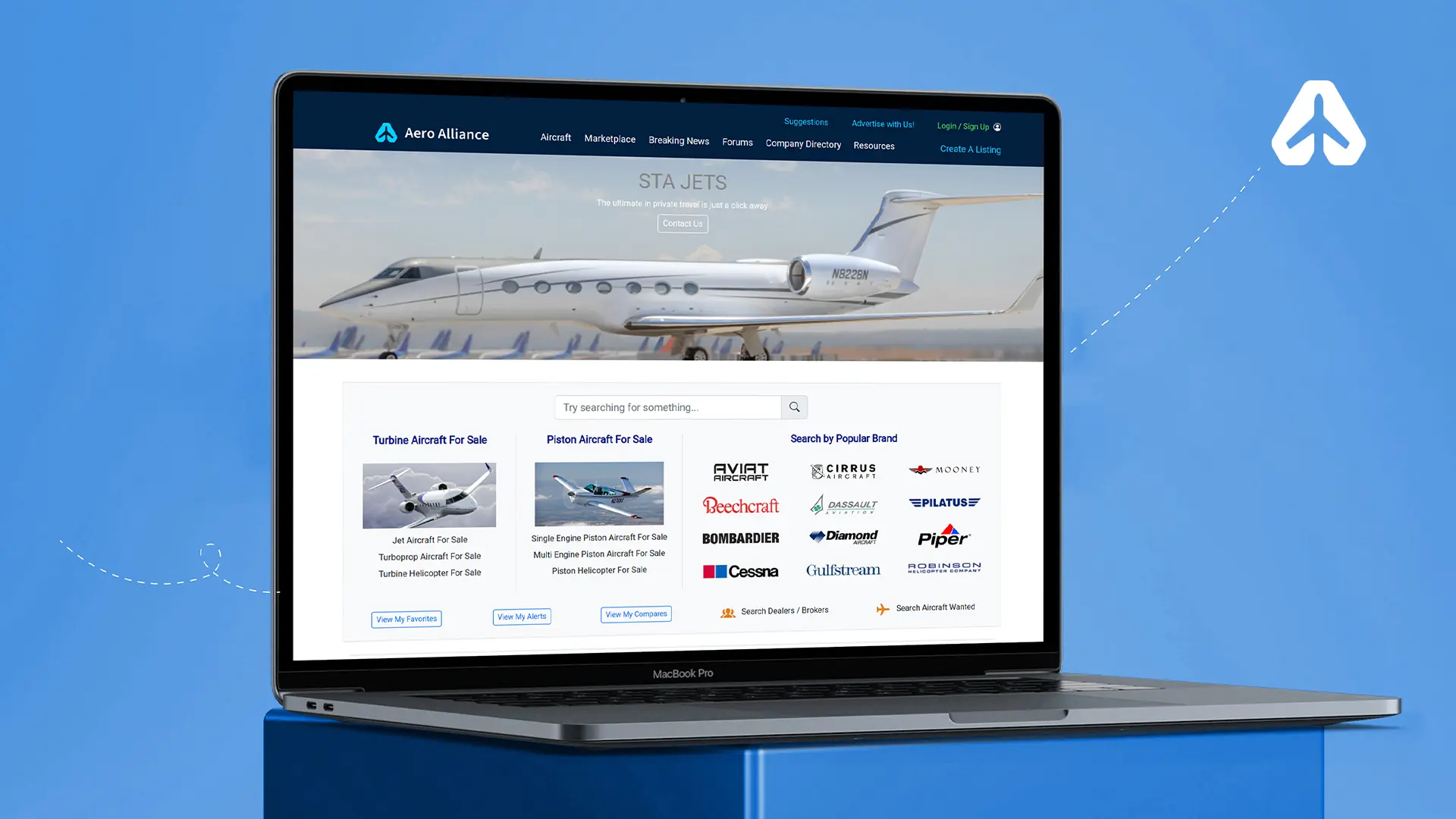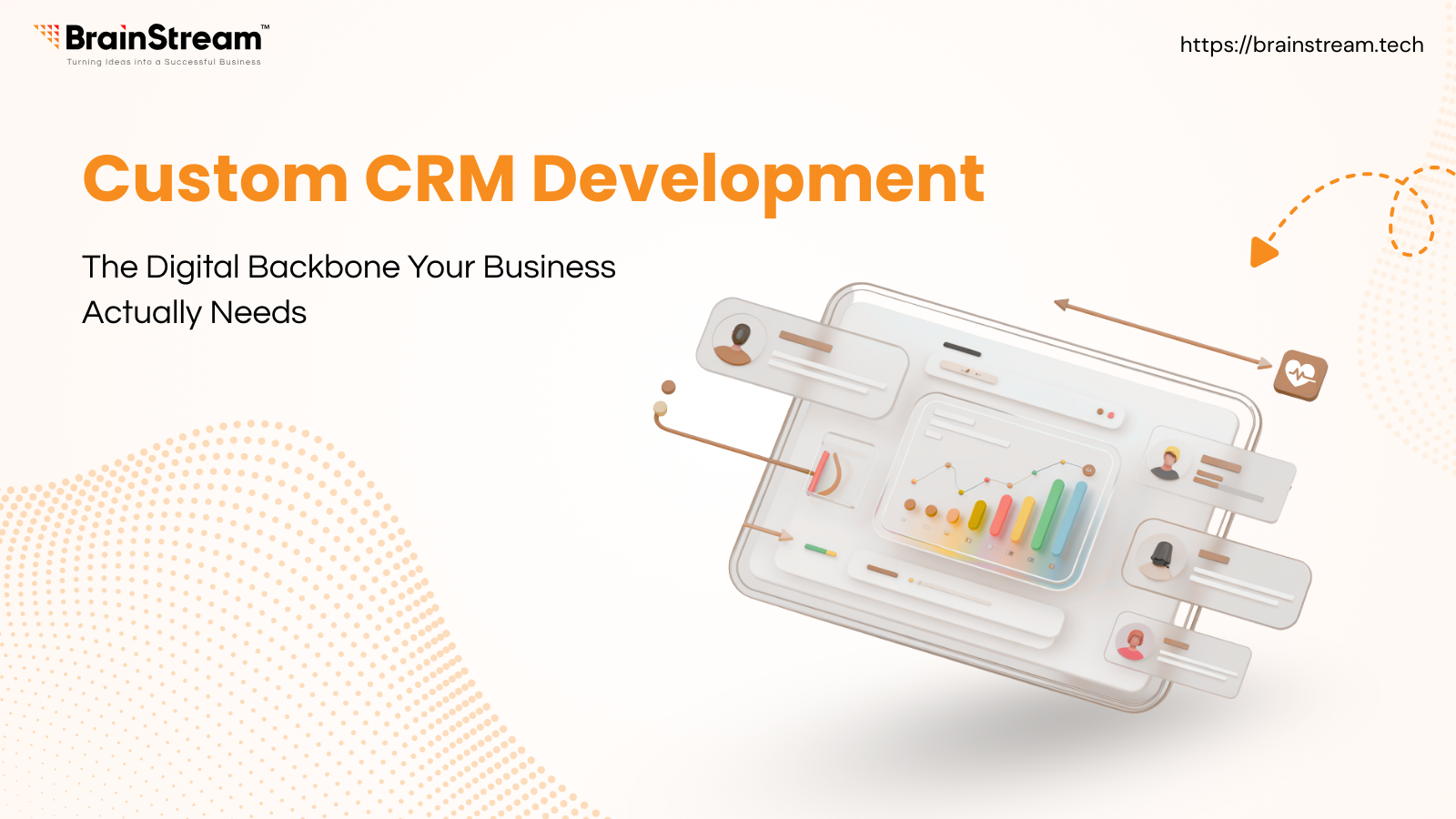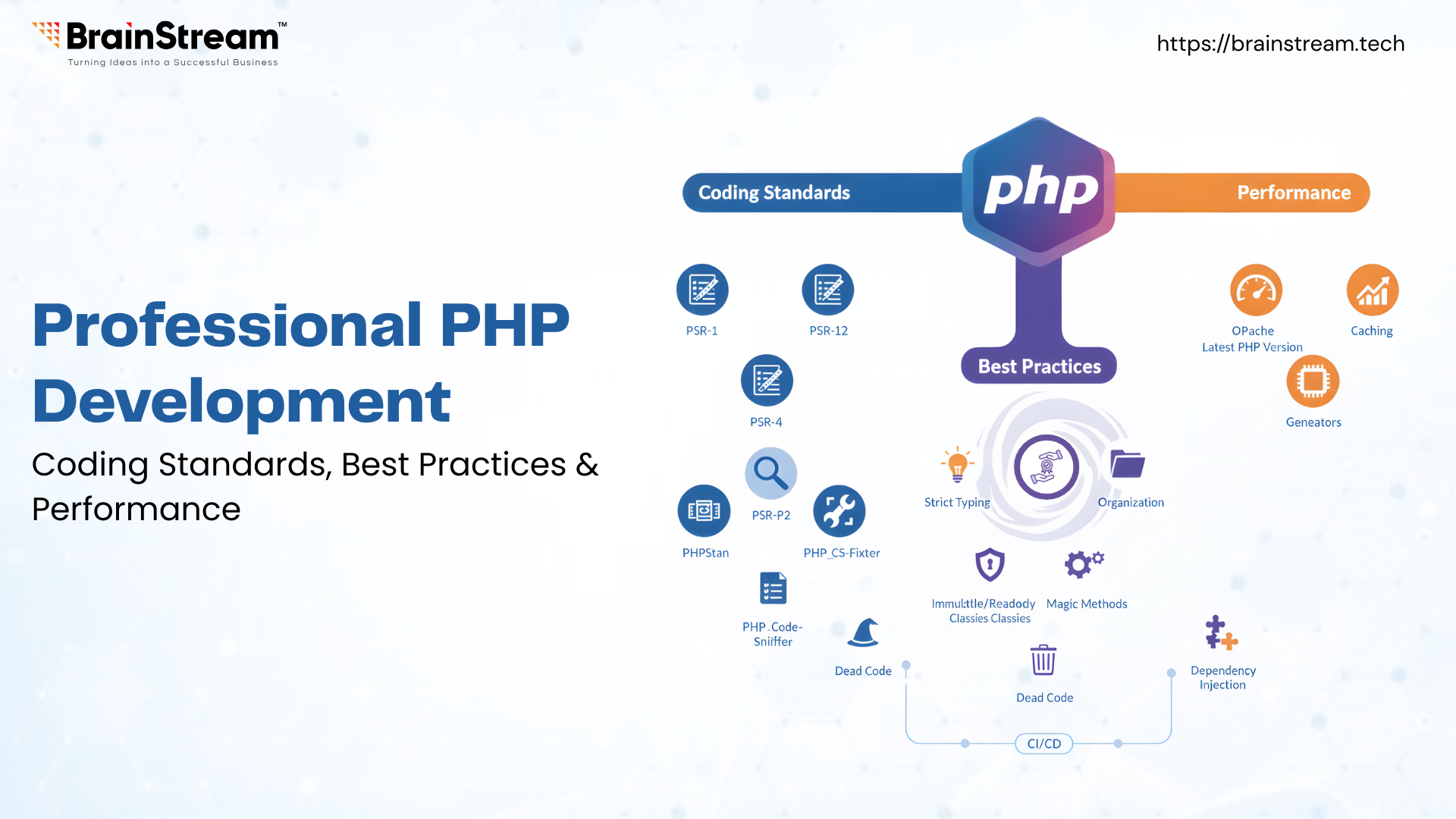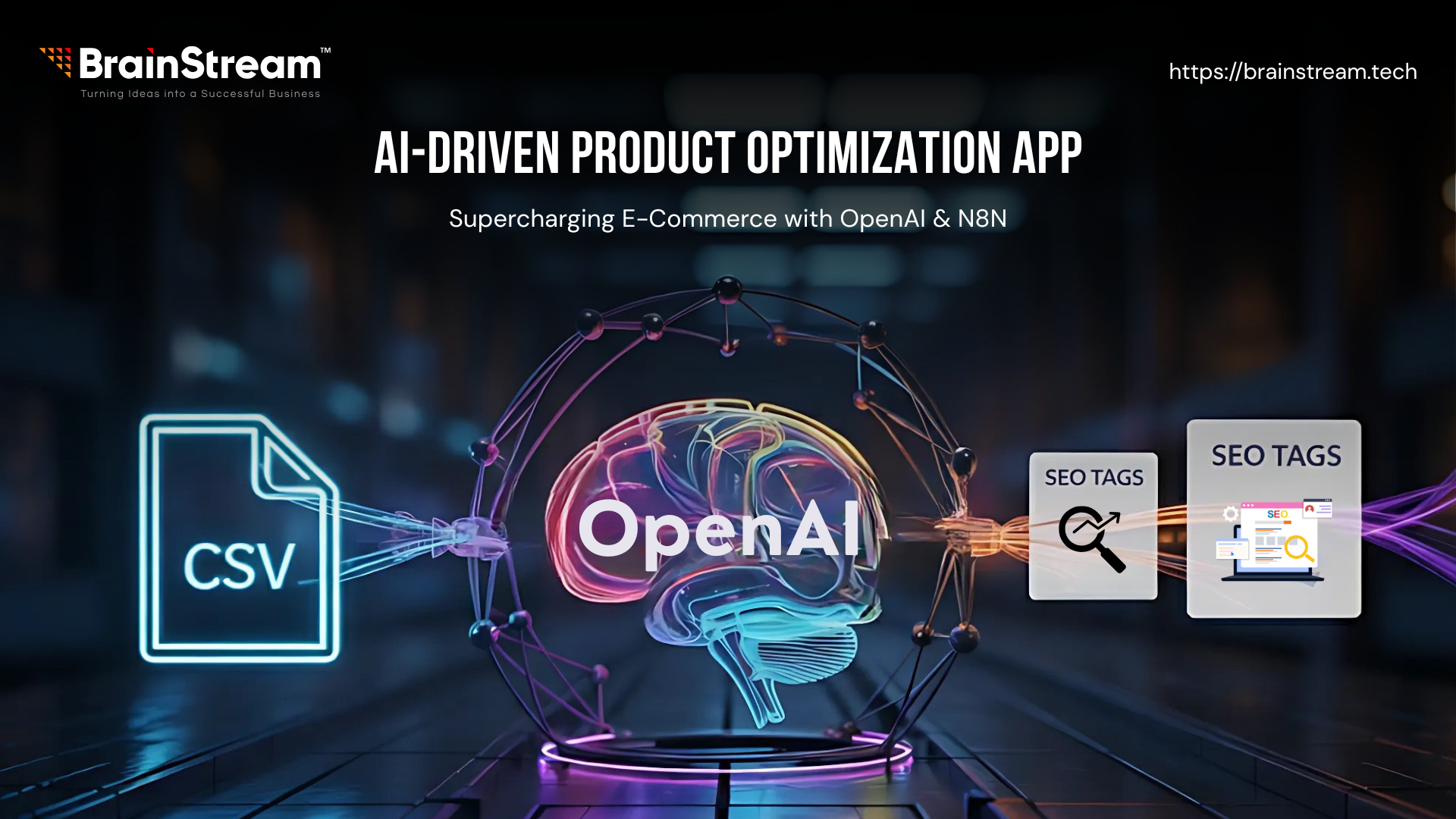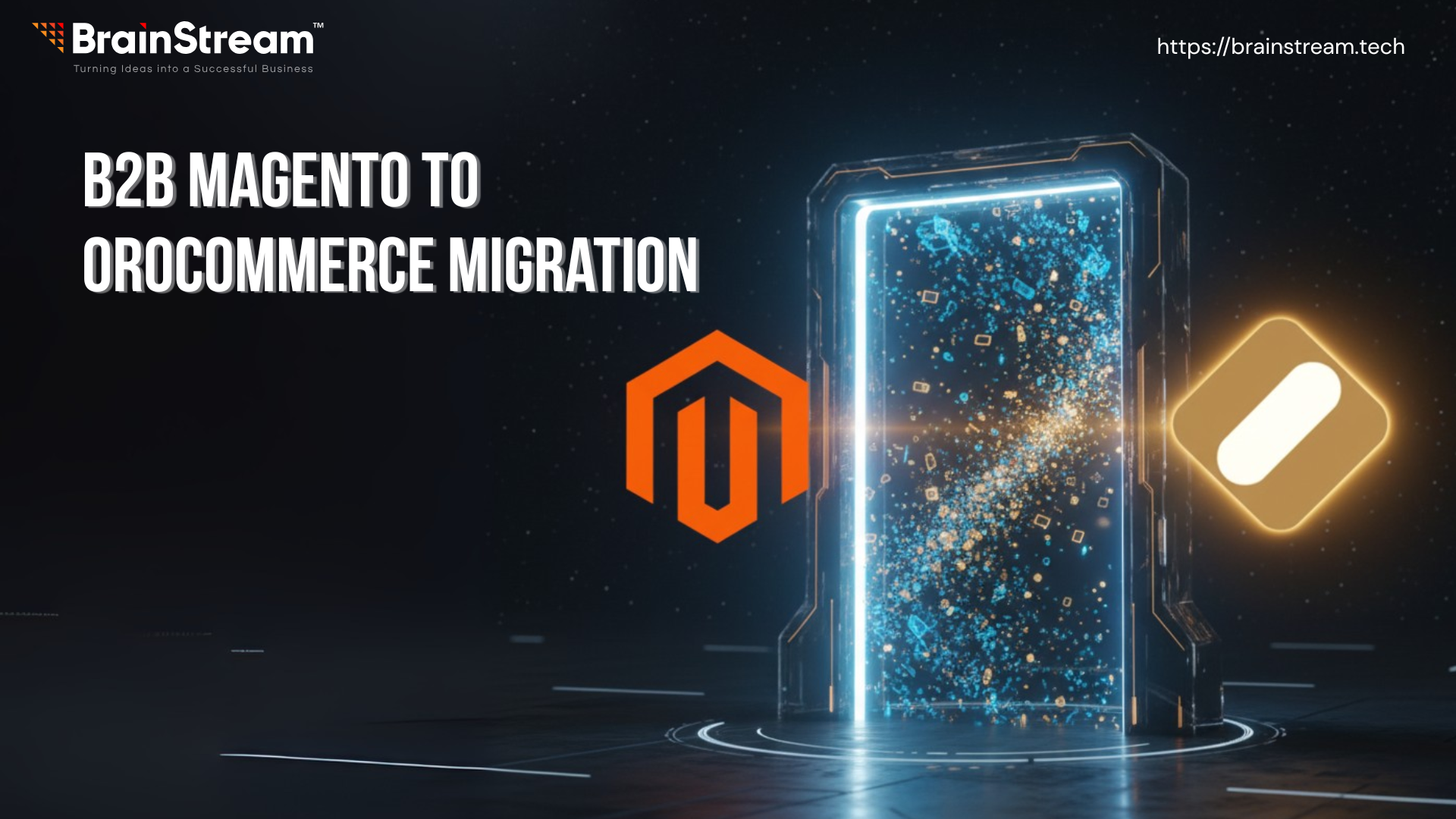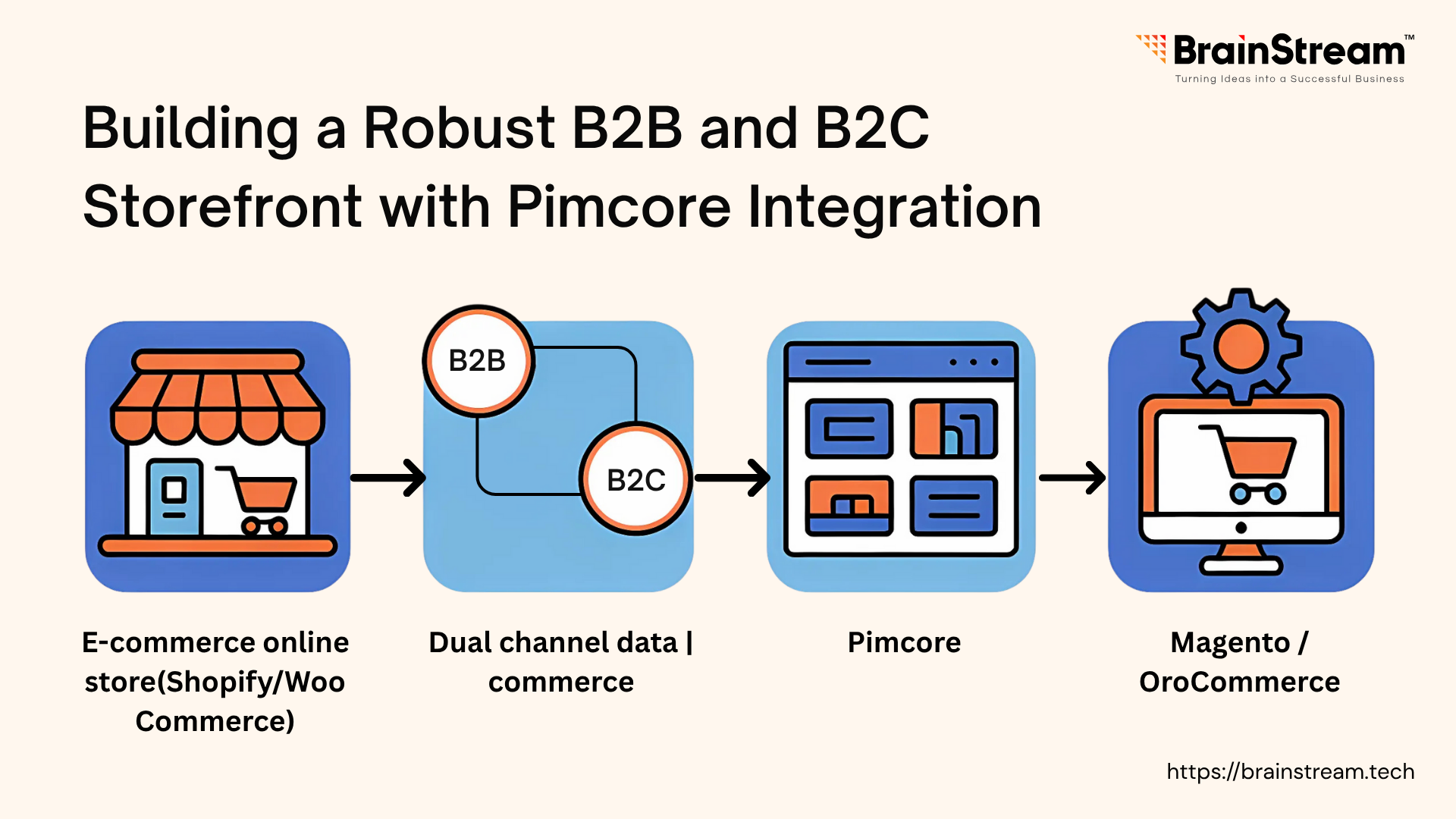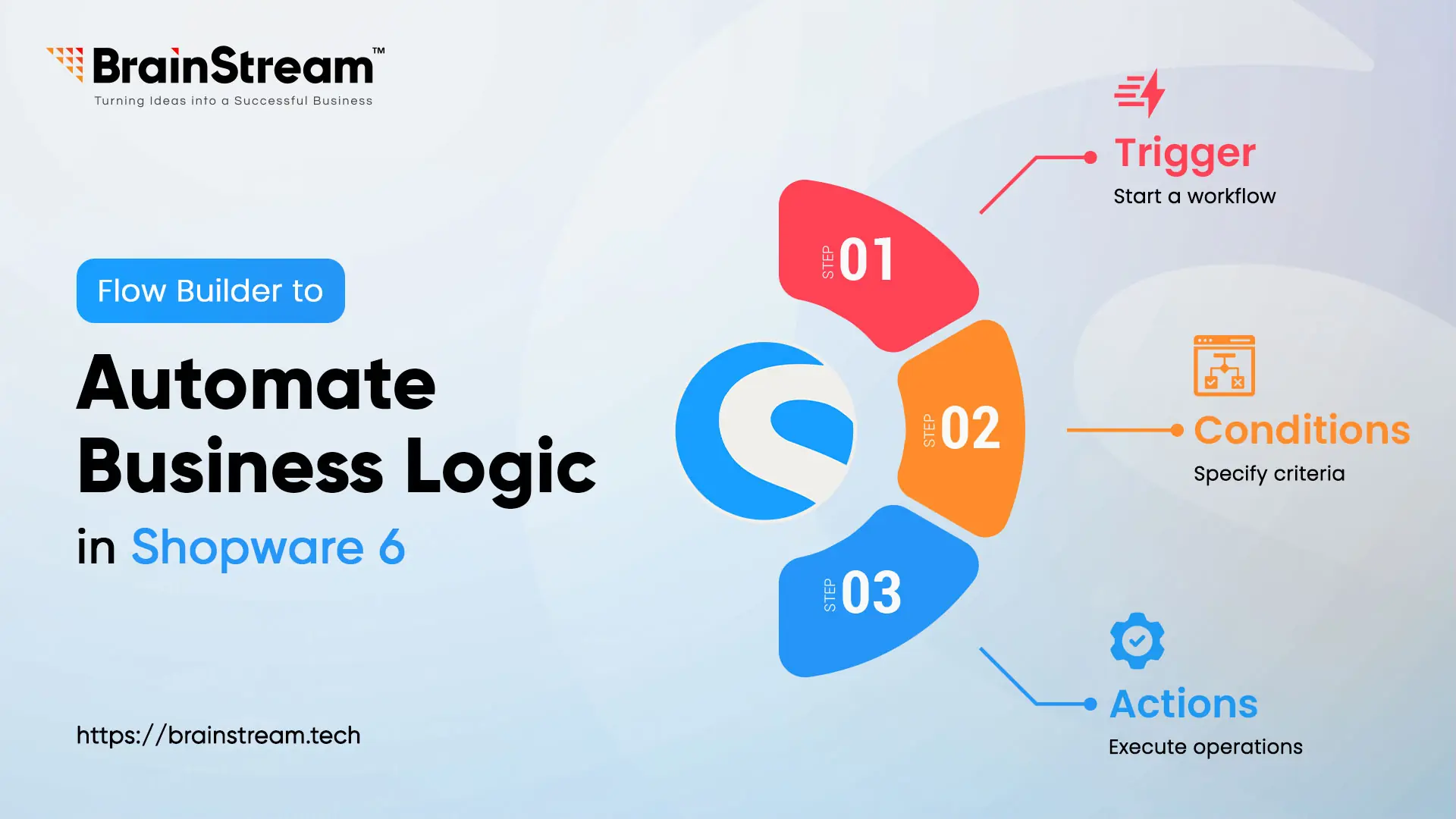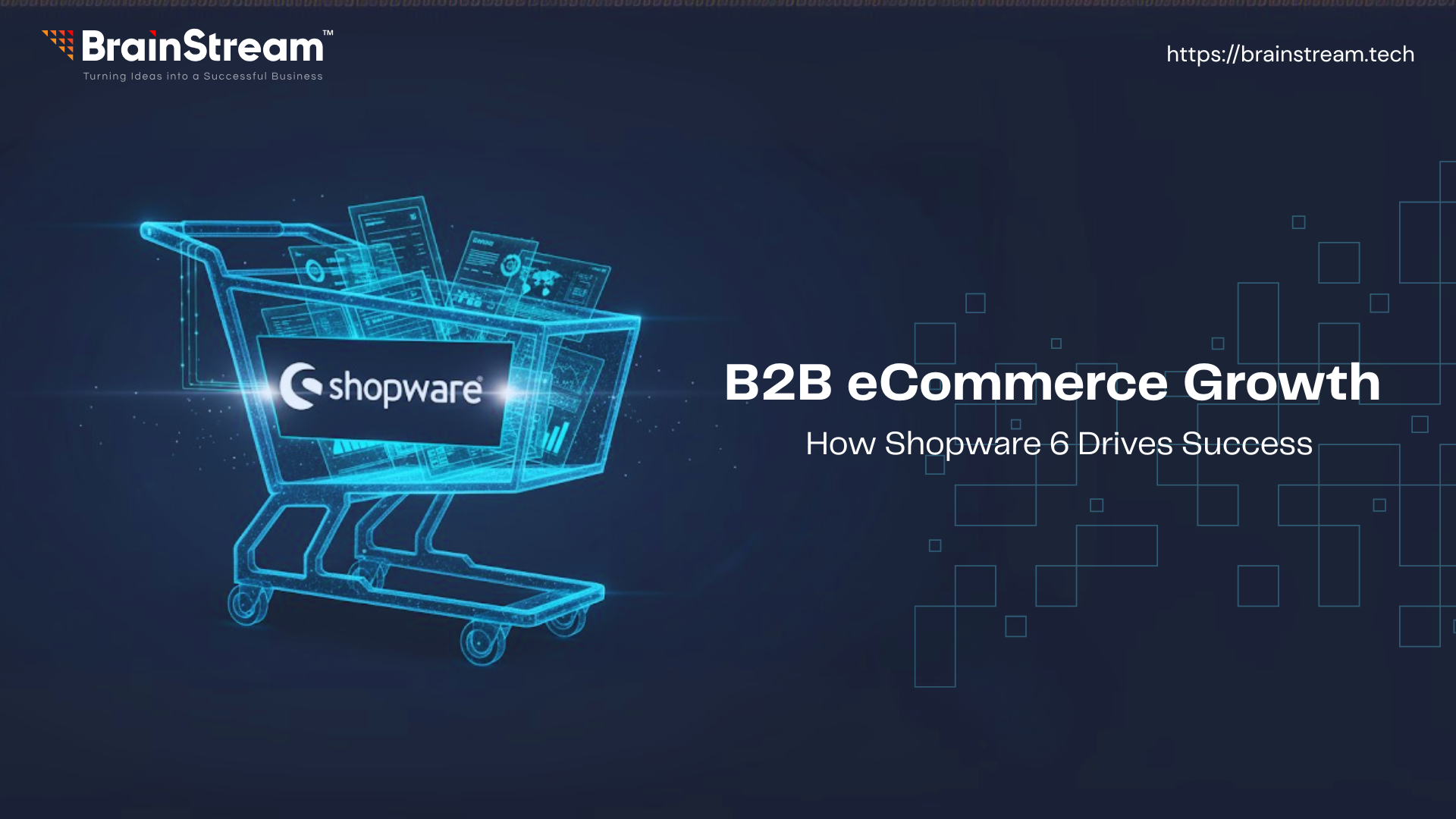
Summary:
B2B e-commerce is rapidly evolving, driven by digital-native buyers who demand speed, transparency, and self-service options. Modern B2B buyers research online, prefer seamless ordering experiences, and expect personalized pricing and bulk ordering capabilities.
October 31, 2025
Forget what you think you know about business-to-business (B2B) trade. It used to be seen as the slower, less exciting version of business-to-consumer (B2C), but that’s no longer true. Today, B2B is actually leading the digital commerce revolution. The numbers are impressive: the global B2B e-commerce market is expected to grow more than 18% each year and reach over $20 trillion by 2030. This isn’t just a short-term trend;it’s a major shift driven by the demand for efficiency and a new generation of buyers with very different expectations.
Meet the New B2B Buyer
The B2B buyer of today barely resembles their counterpart from five years ago. Having grown up with the ease of online shopping, they are digital natives who carry these expectations into their work lives.
Consider this:
- Approximately 67% of their research is done online before they ever speak with a sales representative.
- They prefer self-service options that don’t require a phone call or email, and they want the ability to manage regular purchases on their own.
- They value speed, transparency, and convenience above all else.
The challenge is this: This type of contemporary experience is not possible with outdated systems that rely on phone conversations, spreadsheets, and manual data entry. Today’s customers demand individualised pricing and a seamless ordering experience that is as easy to use as the websites they visit daily. Platforms like Shopware 6 were developed to meet this specific need by combining the user-friendly interface that modern customers demand with strong B2B functionality.
Why Is This Change Taking Place?
This change is more complex than it first appears. The way businesses buy and sell is being completely transformed by a few important factors.
- A New Generation Taking the Lead: Today, 73% of B2B decision-makers are Millennials and Gen Z. These digital-first buyers want quick access to prices and stock, prefer visual catalogs instead of long spec sheets, and expect platforms that work smoothly on mobile.
- The Race for Efficiency: Time is money in business-to-business transactions. In addition to being slow, manual procurement costs businesses an average of $506 per transaction. Digital platforms can eliminate 90% of common errors in routine reorders and reduce order processing times by up to 85%.
- Smarter Decisions Through Data: Digital platforms offer a wealth of information. Companies can now map the complete customer journey to identify new areas for improvement, use predictive data to improve inventory management, and obtain real-time analytics on customer purchasing patterns.
- Breaking Down Borders: E-commerce has made international business accessible to everyone. With features like multi-currency and multi-language support, even small manufacturers can serve a global market, while automated tax calculations simplify the complexities of international sales.
- Building Resilient Supply Chains: Recent global events have shown us all how fragile supply chains can be. Digital platforms allow businesses to manage multiple suppliers, get real-time inventory visibility, and use data to mitigate risks when choosing partners.
The Particular Challenges of Business-to-Business Trade
Considering the enormous potential, B2B e-commerce presents a unique set of difficult problems that most B2C platforms aren’t designed to manage.
- Complex Pricing: B2B pricing is a sophisticated web of rules. It involves tiered discounts based on volume, special contract pricing for key accounts, role-based pricing for different users, and even dynamic pricing that shifts with the market.
- Advanced Account Administration: A single business-to-business client is frequently a team, not just an individual. Companies must assign various roles and permissions within a single company account, set budget controls, and oversee intricate approval workflows.
- High-Volume Operations: B2B transactions operate on a different scale. We’re talking about orders with thousands of line items, recurring purchases that need to be automated, and the ability for customers to upload bulk order lists.
- The significance of Integration: An e-commerce platform can’t be an island. It must connect seamlessly with a company’s core systems, including its ERP for inventory data, CRM for customer management, and PIM for product information.
Let's introduce Shopware 6: The B2B-Ready Solution
Shopware 6 is designed to address these issues directly, providing B2B companies with the resources they require to expand.
- Handle Complex Pricing with Ease: Shopware 6 lets you create customer-specific pricing rules, bulk discounts, and other offers, making it perfect for wholesalers and manufacturers.
- Understand the Structure of your customer: You can create sub-accounts with different roles and permissions, perfectly reflecting a client’s real-world organizational structure.
- Improve the Purchasing Process: Essential time-saving features like bulk ordering forms, saved order lists, and fast reordering are included in the platform’s B2B Suite.
- Connect Your Entire Tech Stack: With seamless integrations for ERPs, CRMs, and PIM systems, you can ensure your entire operation stays in sync.
- Personalize at Scale: Using the Rule Builder, you can create highly personalized experiences, such as showing special catalogs, discounts, or content to specific customer groups.
Let’s bring this to reality. Consider a wholesaler of industrial tools. Small businesses and large corporations require different price tiers. Their clients require a portal that allows various team members, ranging from finance to procurement, to log in with designated roles. Additionally, they frequently place large orders that call for prompt reorder options. By allowing bulk order uploads, allowing multiple buyers to use a single company account, and automatically supplying customized pricing, Shopware 6 can help this wholesaler expedite the purchasing process.
The Real-World Payoff: What’s the ROI?
Investing in a modern platform like Shopware 6 delivers tangible returns across the entire business.
The first and most immediate impact is on your bottom line. By automating order processing, you can reduce per-order costs by 60-80% and cut down on customer service tickets by up to 50%. This also frees up your sales team to focus on strategic accounts instead of manual order entry.
But it’s not just about saving money; it’s about making more. A great digital experience helps you reach new markets, and the convenience of bulk ordering often leads to a higher average order size. Better yet, a superior experience reduces customer churn and attracts new prospects through a strong digital presence.
In the end, this makes the company more competitive, scalable, and agile. A better customer experience will set you apart, and you can use data to forge closer bonds with your clients.
Conclusion
The change in business-to-business (B2B) trade is already occurring. The companies that will succeed in the future are those that use strong digital platforms. Shopware 6 provides manufacturers, distributors, and wholesalers with the adaptable, B2B-specific framework they need to revolutionise their business operations.
The question is no longer if your B2B business needs to evolve, but how quickly you can lead the change.
Related Blog
eCommerce Development
B2B Magento to OroCommerce Migration
The transition from Magento to OroCommerce represents a strategic shift that delivers measurable improvements in operational efficiency, system scalability, and overall cost management for B2B organisations. Our migration practice has evolved over several years, with each project revealing new insights...
eCommerce Development
Building a Robust B2B and B2C Storefront with Pimcore Integration
Pimcore combines several essential tools into one platform: Product Information Management (PIM), Digital Asset Management (DAM), Content Management (CMS), and e-commerce functionality. This open-source solution helps businesses manage their product data and digital assets from a central location. Many companies...
Shopware
Flow Builder to Automate Business Logic in Shopware 6
In today’s rapidly evolving e-commerce landscape, automation plays a crucial role in optimising workflows, enhancing efficiency, and improving the overall customer experience. Shopware 6 Flow Builder stands out as a robust no-code solution that enables users to automate intricate business...

Keep up-to-date with our newsletter.
Sign up for our newsletter to receive weekly updates and news directly to your inbox.
